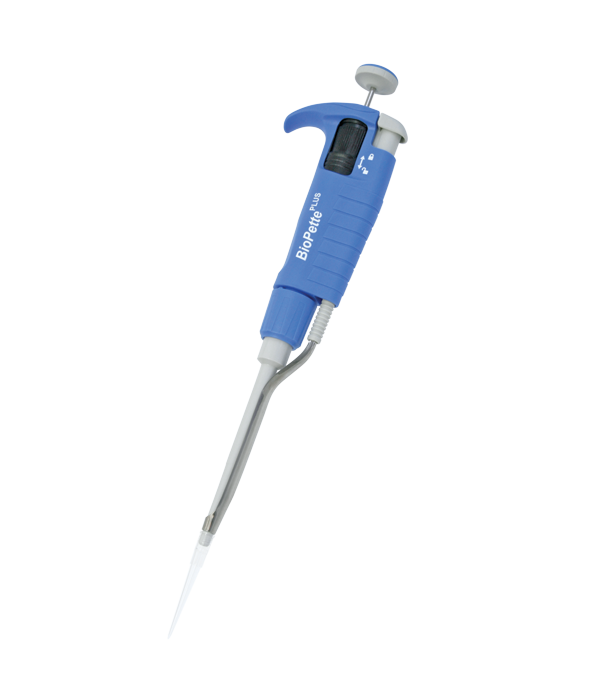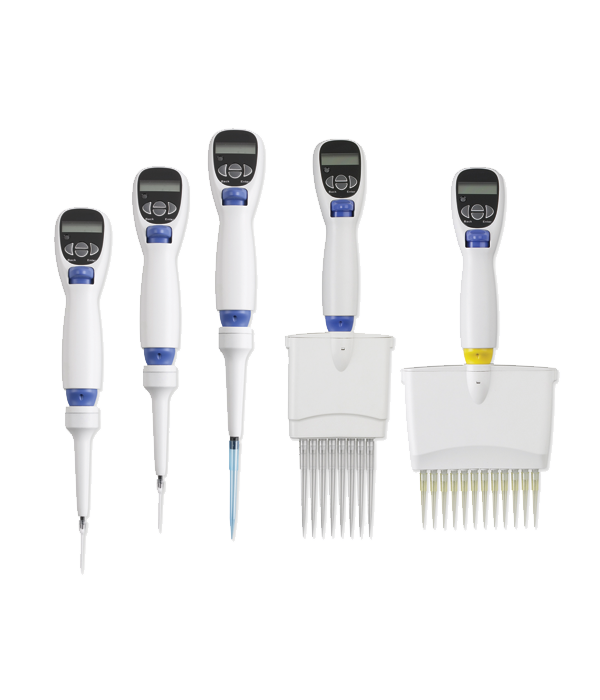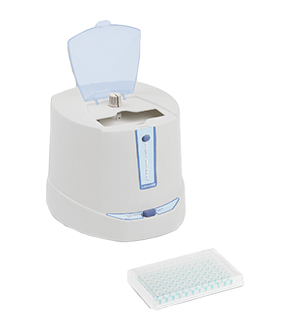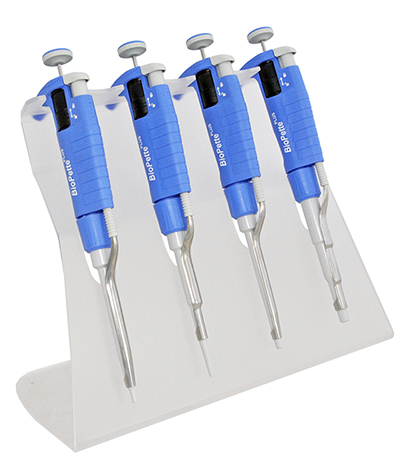pipette best practices
Get the Most Out of Your Pipetting with these Pipetting "Tips"
13 Oct 2017
Pipette Best Practices
High volume pipetting as part of daily lab work can quickly become routine. Before engaging the autopilot during this vital lab task, take a minute to review these best practices.
To make it easy to recall, we used something that you usually try to ignore: TV ADS. Don’t fast forward through these reminders!
Good Pipetting Takes a Team Effort
07 Nov 2013
Good pipetting requires a real team effort that includes you and your lab personnel, the liquid handling instruments you use, and a sense of diligence when it comes to properly caring for your liquid handling equipment.
Protect DNA Samples and Increase PCR Yield with the MPS 1000 Mini PCR Plate Spinner
03 Oct 2013
Maintaining the quality and integrity of your DNA samples in the lab is crucial to successful PCR, as there are multiple factors at play to ensure you end up with a high yield of amplified DNA once PCR is completed.
Without proper liquid handling techniques (see Labnet’s Pipette Best Practices), you run the risk of an incomplete mixture of your specific reaction reagents and DNA samples, leading to a reduction in the quality and quantity of your PCR yield.
Want Better Repeatability in the Lab? 3 Easy Tips to Improve Your Pipette Measurements
27 Sep 2013
Your pipetting technique can play a major role in getting repeatable results in your lab. Learning and implementing the proper technique for your pipettes and pipette tips can ensure repeatability and more accurate results. A few simple tips can help get you there.




